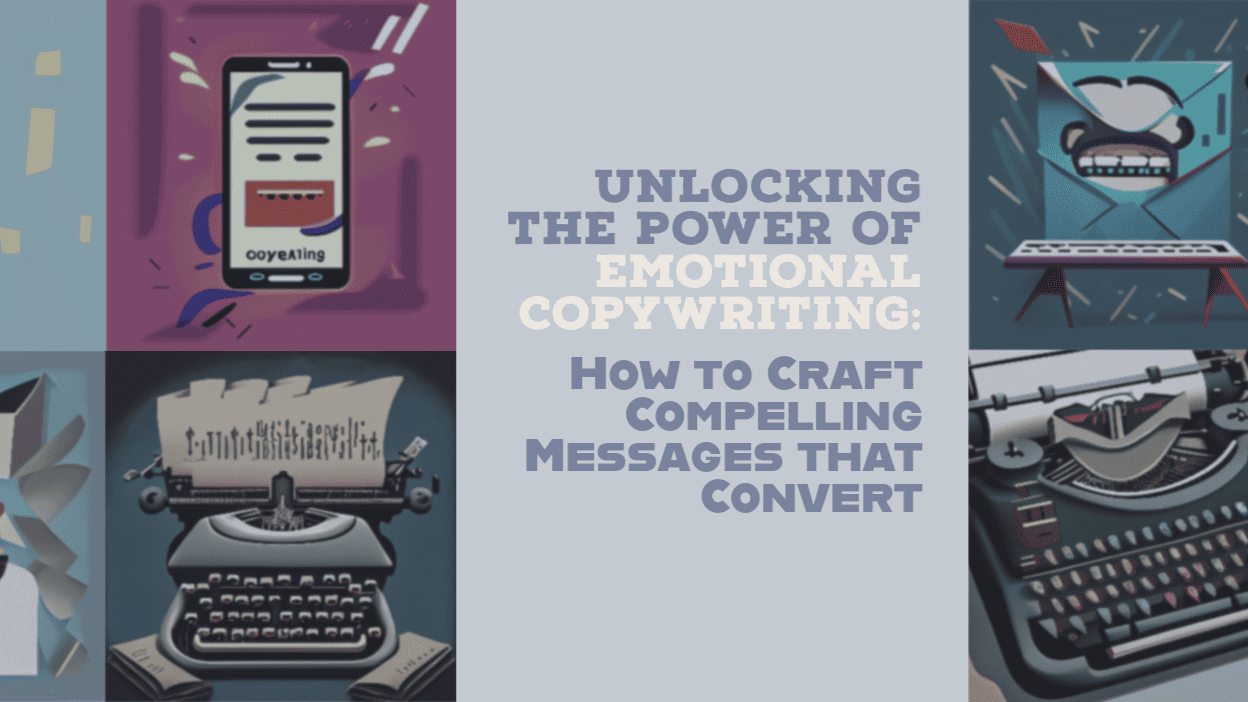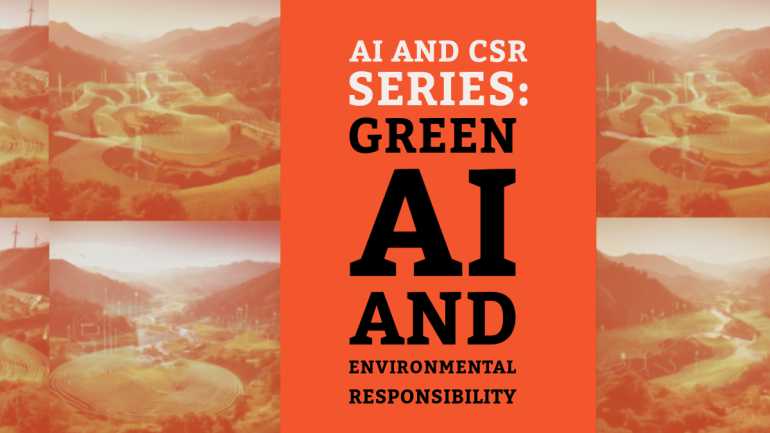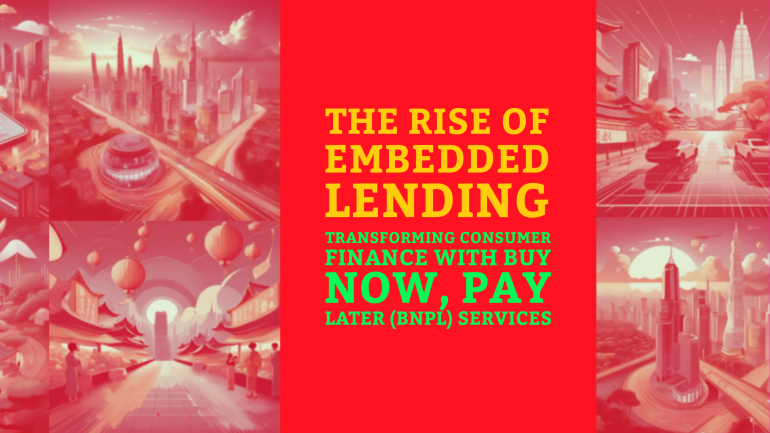This website uses cookies so that we can provide you with the best user experience possible. Cookie information is stored in your browser and performs functions such as recognising you when you return to our website and helping our team to understand which sections of the website you find most interesting and useful.
Unlocking the Power of Emotional Copywriting: How to Craft Compelling Messages that Convert
Table of Contents
You may also interested:
TL;DR: Unlocking the Power of Emotional Copywriting
- Essence of Emotional Copywriting: Emotional copywriting is key in marketing, focusing on emotional triggers to connect deeply with the audience and drive engagement.
- Crafting Impactful Headlines and Leads: Effective emotional copywriting starts with attention-grabbing headlines and captivating leads that leverage storytelling and data to engage emotions.
- Persuasive Content and CTAs: The use of emotional language in body content and calls to action (CTAs) significantly enhances the persuasiveness and conversion potential.
- Strategic Emotional Appeals: Mastering emotional copywriting involves understanding consumer psychology and strategically using emotional appeals to influence decision-making.
The Impact of Emotional Copywriting
In the realm of marketing, emotional copywriting emerges as a formidable tool, capable of forging deep and personal connections with the audience. This approach transcends mere information dissemination, venturing into the territory of emotional engagement and persuasion. By skillfully utilizing emotional triggers, brands can significantly amplify their ability to captivate and influence their target audience, turning casual browsers into loyal customers.
The essence of effective messaging lies in understanding the underlying consumer psychology. It’s about delving into the psyche of the audience to unearth what truly resonates with them. This deep understanding is not just about demographics or superficial preferences; it’s about grasping the emotional drivers, the hopes, fears, and aspirations that spur the audience into action. When a brand masters the art of emotional copywriting, it doesn’t just communicate; it connects, creating messages that are not only heard but also felt. This profound connection lays the groundwork for impactful messaging that not only captures attention but also fosters a lasting relationship between the brand and its audience.

Attention-Grabbing Headlines
Emotional copywriting begins with a headline that grabs attention and compels readers to continue. Let’s explore how:
- Utilizing Emotional Triggers in Headlines: The headline is your first opportunity to connect emotionally with the reader. Incorporating elements that evoke curiosity, excitement, or concern can make a significant difference. For instance, a headline like “Transform Your Life Today!” taps into the reader’s desire for change and improvement.
- Incorporating ‘Emotional Copywriting’ in Headlines: To effectively use emotional copywriting in headlines, consider the following points:
- Identify the core emotional appeal: Whether it’s fear, joy, anticipation, or surprise.
- Use powerful, emotive words: Select words that evoke the identified emotion strongly.
- Keep it concise and intriguing: The headline should be short yet powerful enough to evoke curiosity.
- Attention-Grabbing Headlines Examples:
- One notable example is the classic headline by John Caples, “They Laughed When I Sat Down at the Piano But When I Started to Play!”. It masterfully combines curiosity with a sense of triumph over adversity.
- Another example will be: “Unveil the Secret Language of the Heart: Mastering Emotional Copywriting” This headline captivates the reader by suggesting the unveiling of a secret, which piques curiosity. The phrase “Secret Language of the Heart” implies a deep understanding of human emotions, appealing to the reader’s desire for effective communication. “Mastering Emotional Copywriting” clearly states the article’s value proposition, indicating that the reader will gain expertise in a powerful marketing skill.
Captivating Leads
The lead, or the opening of your copy, sets the emotional tone for the rest of your message.
- Engaging the Audience’s Emotions: Right from the start, your lead should connect with the reader on an emotional level. For example, storytelling that begins with a relatable challenge or dilemma can instantly create a bond with the reader.
- Integrating ‘Compelling Messages’ in Leads: To craft compelling leads:
- Start with a story or a startling fact: This can immediately engage the reader’s emotions.
- Pose a problem that resonates with the reader: Highlighting a common issue or pain point can create a sense of empathy.
- Captivating Leads Examples:
- Example 1: “Picture this: You’re scrolling through your feed when suddenly a message leaps out, gripping your heart and refusing to let go. That’s the magic of emotional copywriting.”
- Explanation: This lead creates a vivid scenario that the reader can easily visualize and relate to. It highlights the impact of emotional copywriting in a real-world context, setting the stage for the reader to learn more about this powerful technique.
- Example 2: “Remember the last time an advertisement made you laugh, cry, or reflect? That’s the power of emotional copywriting at work – a power you too can wield.”
- Explanation: This lead taps into the reader’s personal experiences with emotionally compelling content, making it relatable and intriguing. It also introduces the idea that the reader can learn and apply this powerful skill.
- Example 1: “Picture this: You’re scrolling through your feed when suddenly a message leaps out, gripping your heart and refusing to let go. That’s the magic of emotional copywriting.”
Persuasive Body Content
In the body of your copy, emotional appeals are used to guide the reader towards your desired action.
- Eliciting Desire through Emotional Language: Use language that stirs emotions and paints a vivid picture of the benefits or the relief from pain that your product or service offers.
- Seamlessly Integrating ‘Convert’ in Body Content: The body of your content should naturally lead the reader to the desired action, whether it’s a purchase, a subscription, or a download.
- Leveraging Consumer Psychology in Content Creation:
- Understanding the Decision-Making Process: People often make decisions based on emotions rather than logic.
- Implementing Social Proof and Testimonials: These elements add credibility and can trigger a ‘fear of missing out’ (FOMO), further compelling the reader to act.
- Persuasive Body Content Examples:
- Example 1: “Emotional copywriting isn’t just about pulling at heartstrings; it’s a strategic approach to communication. By understanding and leveraging the emotional drivers of your audience, you can craft messages that resonate deeply and foster a strong brand connection.”
- Explanation: This content persuasively outlines the strategic importance of emotional copywriting. It emphasizes the need for understanding the audience’s emotional drivers, positioning emotional copywriting as a key tool for effective brand communication.
- Example 2: “Studies show that messages with an emotional appeal are 50% more likely to be remembered than purely factual ones. This statistic underlines the immense power of emotional copywriting in creating lasting impressions and driving consumer behavior.”
- Explanation: The use of a compelling statistic here serves to validate the effectiveness of emotional copywriting. It strengthens the argument by providing quantifiable evidence of its impact on memory retention and consumer behavior.
- Example 1: “Emotional copywriting isn’t just about pulling at heartstrings; it’s a strategic approach to communication. By understanding and leveraging the emotional drivers of your audience, you can craft messages that resonate deeply and foster a strong brand connection.”
Calls to Action
The call to action (CTA) is where you convert the reader’s emotional journey into a concrete action.
- The Science of Persuasive Calls to Action: CTAs should be clear, urgent, and emotionally resonant. Phrases like “Join our community today” or “Don’t miss out on this life-changing opportunity” can be effective.
- Optimizing Calls to Action with Emotional Triggers: Incorporate a sense of urgency or exclusivity to prompt immediate action. A/B testing different CTAs can help identify the most effective ones.
- Calls to Action Examples:
- Example 1: “Ready to harness the power of emotions in your marketing? Dive into the world of emotional copywriting and start connecting with your audience on a deeper level today.”
- Explanation: This call to action combines a direct invitation with a promise of benefit. It challenges the reader to take the next step in their marketing journey by exploring emotional copywriting, suggesting immediate action.
- Example 2: “Don’t let your message get lost in the noise. Elevate your marketing with the art of emotional copywriting and watch your engagement soar. Start now.”
- Explanation: This call to action addresses a common pain point – messages getting lost in the crowded marketing landscape. It offers a solution (emotional copywriting) and motivates the reader to act quickly to achieve better engagement.
- Example 1: “Ready to harness the power of emotions in your marketing? Dive into the world of emotional copywriting and start connecting with your audience on a deeper level today.”
Conclusion
Emotional copywriting is more than just a tool; it’s an art form in the marketer’s arsenal. This craft goes far beyond the creation of catchy phrases; it involves weaving narratives that resonate with the core emotions of the audience. It’s about striking a chord that not only captures attention but also motivates action. By mastering the art of emotional copywriting, marketers can transform their efforts, leading to significantly higher engagement and conversion rates. This approach doesn’t just inform; it moves people, tapping into the emotional undercurrents that drive decisions. When you learn to articulate stories and messages that touch the heart, you don’t just reach your audience – you move them. This is the true essence of effective marketing in the modern age, where emotional connection is the key to standing out and making a lasting impact.
Frequently Asked Questions (FAQs)
- What is the primary goal of emotional copywriting?
- The goal is to evoke emotional responses from the audience, leading to higher engagement and conversion rates.
- Can emotional copywriting be applied to any industry?
- Yes, emotional copywriting is versatile and can be adapted to suit any industry by tapping into the universal emotions of the target audience.
- How important are headlines in emotional copywriting?
- Extremely important; headlines are often the first point of contact with the audience and can determine whether they will engage further with the content.
- What role do storytelling and social proof play in emotional copywriting?
- They are crucial elements that build trust, empathy, and relatability, enhancing the overall impact of the copy.
- Can emotional copywriting be overdone?
- Yes, if not done subtly and authentically, it can come off as manipulative or insincere, which may deter the audience.





